_______is a complex mixture of hydrocarbons and other organic compounds found beneath the Earth's surface.
(Urea, PVC, Petroleum, None)
To solve the question, "_______ is a complex mixture of hydrocarbons and other organic compounds found beneath the Earth's surface," we need to analyze the given options: Urea, PVC, Petroleum, and None.
1. Understand the Question: The question asks for a substance that is a complex mixture of hydrocarbons and other organic compounds located beneath the Earth's surface.
2. Define Hydrocarbons: Hydrocarbons are organic compounds made up of hydrogen and carbon. They are the primary components of fossil fuels.
3. Identify the Options:
- Urea: A nitrogenous waste product, not a mixture of hydrocarbons.
- PVC: A synthetic plastic polymer, not related to hydrocarbons found underground.
- Petroleum: A natural resource that is indeed a complex mixture of hydrocarbons and other organic compounds found beneath the Earth's surface.
- None: This option would imply that none of the other options fit the description, which is not the case here.
4. Evaluate the Correct Answer: Since petroleum is known to be a complex mixture of hydrocarbons and is found beneath the Earth's surface, it fits the description provided in the question.
5. Conclusion: The correct answer is Petroleum.
Final Answer:
Petroleum
---
- Urea: A nitrogenous waste product, not a mixture of hydrocarbons.
- PVC: A synthetic plastic polymer, not related to hydrocarbons found underground.
- Petroleum: A natural resource that is indeed a complex mixture of hydrocarbons and other organic compounds found beneath the Earth's surface.
- None: This option would imply that none of the other options fit the description, which is not the case here.
Petroleum
Topper's Solved these Questions
- OUR ENVIRONMENTBOOK - BETOPPERSCHAPTER - OUR ENVIRONMENTEXERCISE - WORKSHEET-2
18 Videos
- OUR ENVIRONMENTBOOK - BETOPPERSCHAPTER - OUR ENVIRONMENTEXERCISE - COMPETITIVE WORKSHEET
34 Videos
- MANAGEMENT OF NATURAL RESOURCESBOOK - BETOPPERSCHAPTER - MANAGEMENT OF NATURAL RESOURCESEXERCISE - WORKSHEET 2
15 Videos
Similar Questions
Petroleum is a complex mixture of compounds known as ______.
View SolutionPetroleum is a complex mixture of solid liquid and gaseous hydrocarbons, mixed with salt water and earthy particles. It is always found trapped between two impervious rocks. It is believed that petroleum is formed by the anaerobic decomposition of extremely small sea animals and plants which got buried in the sea bed millions of years ago.
Read the below questions and try to answer them.
Why does petroleum has a strong foul smell?
View Solution
Knowledge Check
A mixture of rock debris and organic materials which develop on the earth's surface and nurture life is called:
ABhangarBBhabarCKhadarDSoilAn analust is trying to separate a mixture containing the following four organic compounds
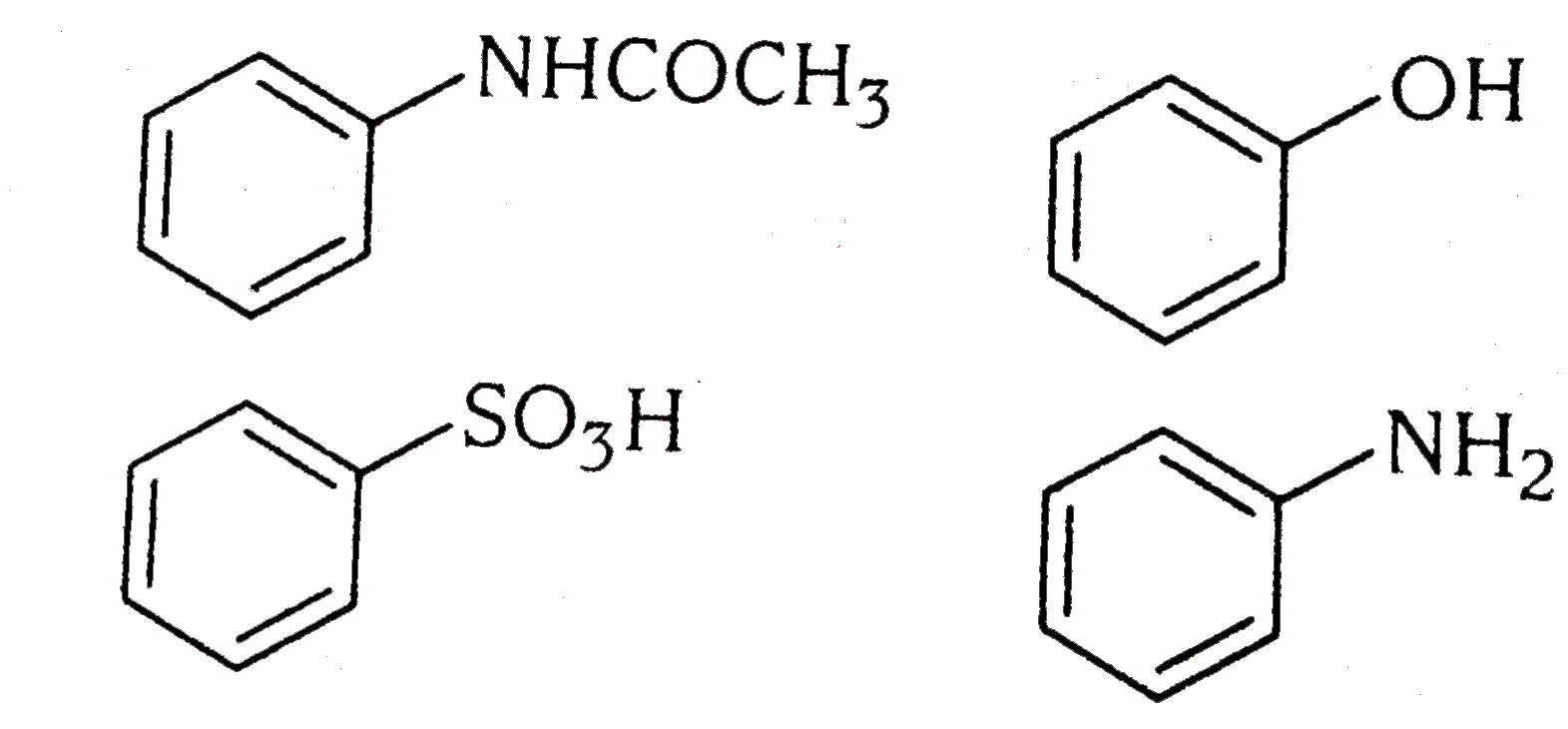
She dissolved the mixture in ether and treated the solution with aqueous NaOH solution and finally separated the two fractions: Fraction-I (ether) and Fraction-II (aqueous). Later she acidified Fraction-1 and was able to distill the organic compound(s) into ether to obtain third fraction, Fraction-III. Fraction-III was then treated with aqueous NaHCO3 and the two layers, ether layer (Fraction-IV) and aqueous layer (Fraction-V) were separated. Also Fraction-I was treated with aqueous HCl solution and the two layers, other (Fraction-VI) and aquores layer (Fraction-VII) were seperated. Answer the following three questions based on the above information.
The species left in fraction VI isA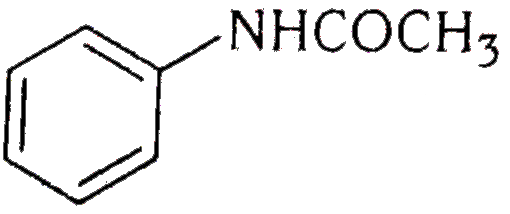 B
B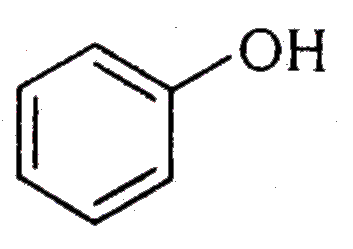 C
C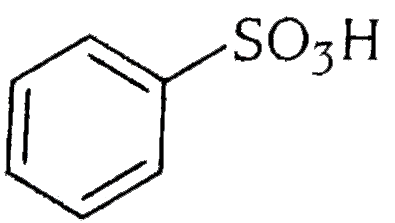 D
D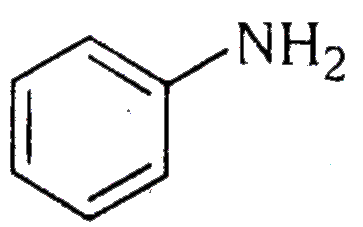
An analust is trying to separate a mixture containing the following four organic compounds

She dissolved the mixture in ether and treated the solution with aqueous NaOH solution and finally separated the two fractions: Fraction-I (ether) and Fraction-II (aqueous). Later she acidified Fraction-1 and was able to distill the organic compound(s) into ether to obtain third fraction, Fraction-III. Fraction-III was then treated with aqueous NaHCO3 and the two layers, ether layer (Fraction-IV) and aqueous layer (Fraction-V) were separated. Also Fraction-I was treated with aqueous HCl solution and the two layers, other (Fraction-VI) and aquores layer (Fraction-VII) were seperated. Answer the following three questions based on the above information.
Fraction-V on acidification followed by distillation will giveA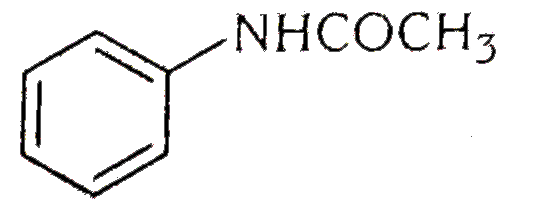 B
B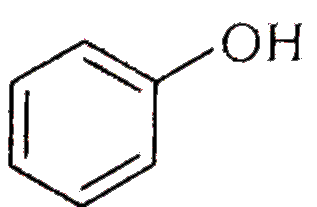 C
C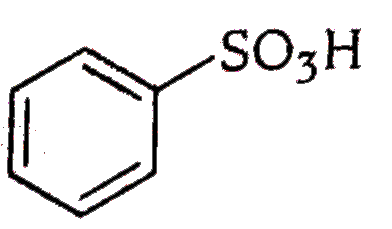 D
D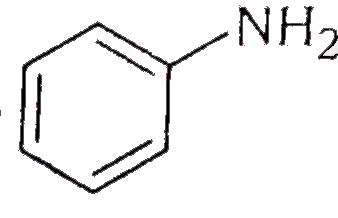
Petroleum is a complex mixture of solid liquid and gaseous hydrocarbons, mixed with salt water and earthy particles. It is always found trapped between two impervious rocks. It is believed that petroleum is formed by the anaerobic decomposition of extremely small sea animals and plants which got buried in the sea bed millions of years ago.
Read the below questions and try to answer them.
Name the method by which petroleum is refined.
View SolutionPetroleum is a complex mixture of solid liquid and gaseous hydrocarbons, mixed with salt water and earthy particles. It is always found trapped between two impervious rocks. It is believed that petroleum is formed by the anaerobic decomposition of extremely small sea animals and plants which got buried in the sea bed millions of years ago.
Read the below questions and try to answer them.
What do you understand by refining of petroleum?
View SolutionPetroleum is a complex mixture of solid liquid and gaseous hydrocarbons, mixed with salt water and earthy particles. It is always found trapped between two impervious rocks. It is believed that petroleum is formed by the anaerobic decomposition of extremely small sea animals and plants which got buried in the sea bed millions of years ago.
Read the below questions and try to answer them.
Name some by products that are obtained while refining petroleum.
View SolutionAn analust is trying to separate a mixture containing the following four organic compounds
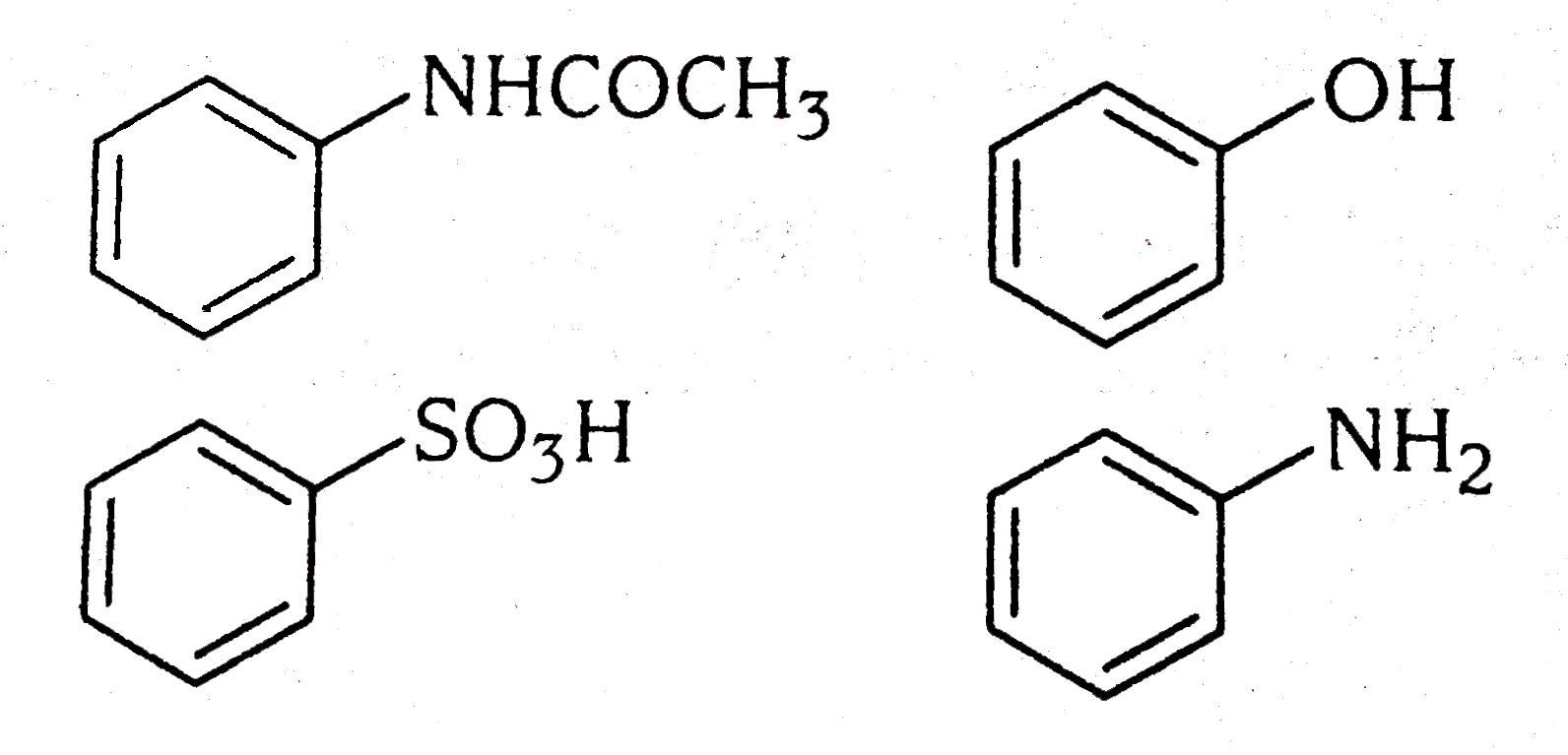
She dissolved the mixture in ether and treated the solution with aqueous NaOH solution and finally separated the two fractions: Fraction-I (ether) and Fraction-II (aqueous). Later she acidified Fraction-1 and was able to distill the organic compound(s) into ether to obtain third fraction, Fraction-III. Fraction-III was then treated with aqueous NaHCO3 and the two layers, ether layer (Fraction-IV) and aqueous layer (Fraction-V) were separated. Also Fraction-I was treated with aqueous HCl solution and the two layers, other (Fraction-VI) and aquores layer (Fraction-VII) were seperated. Answer the following three questions based on the above information.
What is true about the species left in fraction-IV?
View SolutionRead the following paragraph and answer the questions given below:
Some of the most important reactions involving the Lewis and Bronsted acidity of inorganic compounds occur at solid surfaces. For example, 'surface acids' which are solid with a high surface area and Lewis acid sites are used as catalysts in the petrochemical industry for the interconversion of hydrocarbons. The surfaces of many materials that are important in the chemistry of soil and natural water also have Bronsted and Lewis acid sites.
Silica surfaces do not readily produce Lewis acid sites because -OH group remain tenaciously attached at the surface of SiO2 derivatives, as a result Bronsted acidity is dominant. Alumino silicates display strong Bronsted acidity. When surface OH groups are removed by heat treatment, the alumino silicates surfaces possess strong Lewis acid sites. Surface reactions carried out using the Bronsted acid sites of silica gel are used to prepare thin coatings of a wide variety of organic groups using surface modification reactions. Thus, silica gel can be modified to have affinities for specific classes of molecules.
Choose the correct option:
QWhen surface OH groups are removed by heat treatments from alumino silicates they can
View Solution
